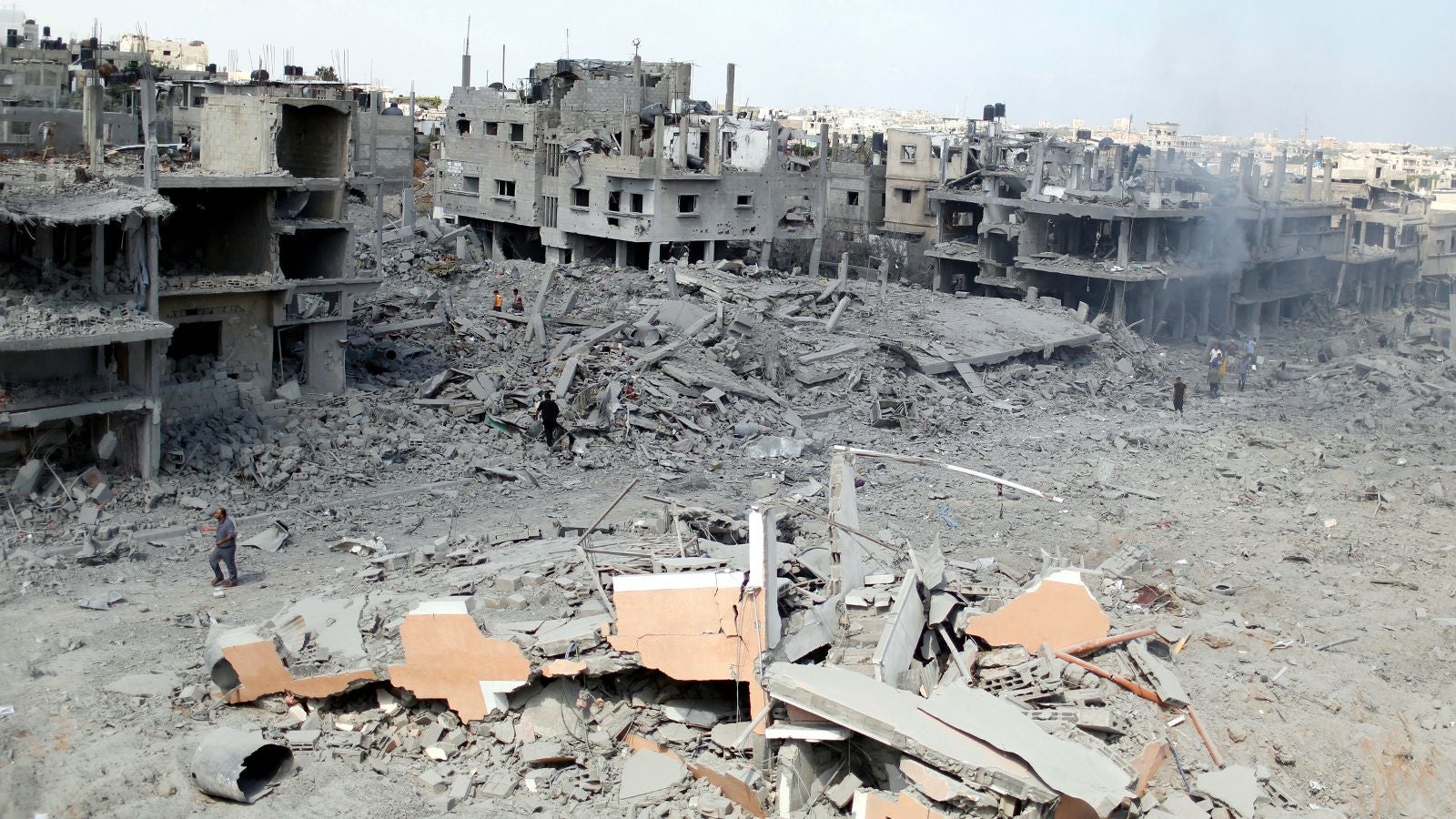The cease-fire in Gaza by the numbers
Israel and the Palestine Authority have agreed to a long-term cease-fire brokered by the US and Egypt. While it remains to be seen if this cease-fire will last longer than others that quickly fell apart, diplomats seem to have more confidence in the current agreement. How did we get here?


Israel and the Palestine Authority have agreed to a long-term cease-fire brokered by the US and Egypt. While it remains to be seen if this cease-fire will last longer than others that quickly fell apart, diplomats seem to have more confidence in the current agreement. How did we get here?
50 days of fighting.
The latest conflict began on July 18 as Israel moved into the Gaza strip to destroy tunnel complexes used by Hamas to smuggle people, goods and weapons. It was the sixth offensive in Gaza in eight years, and the third ground invasion. This particular fight was ostensibly prompted by the kidnapping and murder of three Israeli teenagers by Palestinian extremists, but the conflict is rooted in disputes over territory and the political independence of Palestinians.
2,169 killed.
That’s 2,100 Palestinians, mostly civilians killed in airstrikes and shelling; 65 Israeli soldiers killed in combat with Hamas; and five Israeli civilians killed by Hamas rocket attacks in Israel. Some 10,000 further Palestinians were injured in the fighting, and 100,000 are estimated to have been displaced.
$6 billion in damage.
Palestinian officials estimate reconstruction costs from the conflict to be close to $6 billion, comparable to the $5 billion pledged by donors after the 2008-2009 conflict. A UN official, Robert Serry, says said 16,800 houses were destroyed or damaged in the conflict, along with 108 UN facilities. Some 250 factories were destroyed in the fighting, further breaking down the isolated territory’s dysfunctional economy.
100 meters of security.
Central to the demands made by the Palestinians are fewer restrictions on the territory of the Gaza strip: The security buffer zone around the Gaza strip will be reduced from 300 meters to 100 meters to allow Palestinian farmers more access to land, and the limited fishing area off Gaza’s coast will be extended to six miles from three. Egypt is separately expected to re-open its 14 km border with Gaza, and Palestinian leaders hope to re-open Gaza’s airport.
Very little gain.
It’s not clear what Israel has earned from this battle besides the degradation of Hamas military capabilities and the promise that the moderate Palestinian Authority will take over the administration of Gaza. The cease-fire contains no details about future security concerns, especially compared to a cease-fire agreement proposed by US Secretary of State John Kerry that was ultimately rejected by Israeli leaders in July as too weak.